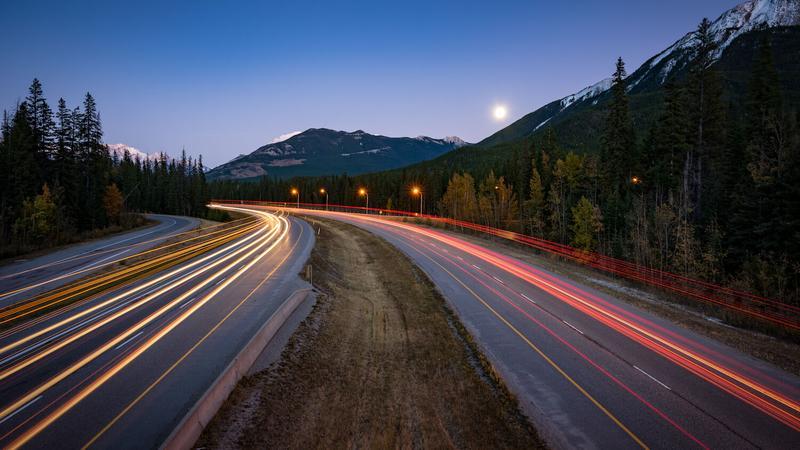PRESS RELEASE: July 26, 2012 - Driving at night carries more danger than daytime driving due to the reduced visibility. When out on the road after dark, increased caution and careful attention are incredibly important. InsuranceHotline.com has simple safety tips for night driving that will keep everyone safer on the road.
When heading out on the road at night, there are some extra things to take into consideration. The dark can make it very hard to see pedestrians and cyclists, and while they carry some responsibility for being visible, drivers must use extra caution and do their best to be extra vigilant. InsuranceHotline.com also notes that it is important to be aware of the possibility that other drivers can’t see as well or worse – may be intoxicated, as drunk driving increases in the evening hours.
Watch For People in the Dark
Especially if they are in dark clothing, pedestrians can be very difficult to see at night. "In spite of the responsibility on them to dress in reflective, bright colours, drivers may still find themselves at fault if a pedestrian accident occurs," warns Tammy Ezer of InsuranceHotline.com. Use extra caution at night by:
- Approaching crosswalks slowly
- Being aware of any pedestrians on the sidewalks or at intersections
- Driving slowly in residential neighbourhoods, especially in winter when it gets dark early but children may still be outside
- Obeying all speed limits so that stopping distance is shorter
Cyclists who are sharing the road with cars should be using reflective gear, but they can still be difficult to see. Watch for bicycles on the road as well as on the sidewalk, as they may try to cross the street or move into the roadway.
Drive a Night-Safe Car
A headlight that is out or brake lights that aren’t functioning are even more dangerous at night. A car that has only one headlight is harder to see and it’s harder for other vehicles to judge its size. Make sure that all of the lights on the vehicle are in good working order, including brake lights, reverse lights, turn signals and any running lights.
Keep the windshield clean and the headlights as well so that visibility is as good as possible. Dirt that impedes the view in the daytime can become an even bigger risk when the dark is added to the mix. Don’t ever drive at night with inside lights on in the car; it affects the way a driver’s eyes adjust to the dark and makes it harder to see what’s going on outside the vehicle.
Drive With Extra Caution
Night driving adds risks even without drivers restricting their vision and their reaction time. Don’t drive after drinking at any time of day. There are major consequences of drinking and driving – not only with your driving record and car insurance rates, but your safety. Also, be aware of other cars on the road and watch for any signs of intoxication.
A regular vision exam is vital to safe driving at any time, but vision problems can be worse at night. See an eye doctor regularly and make sure that eyeglass prescriptions are up to date.
